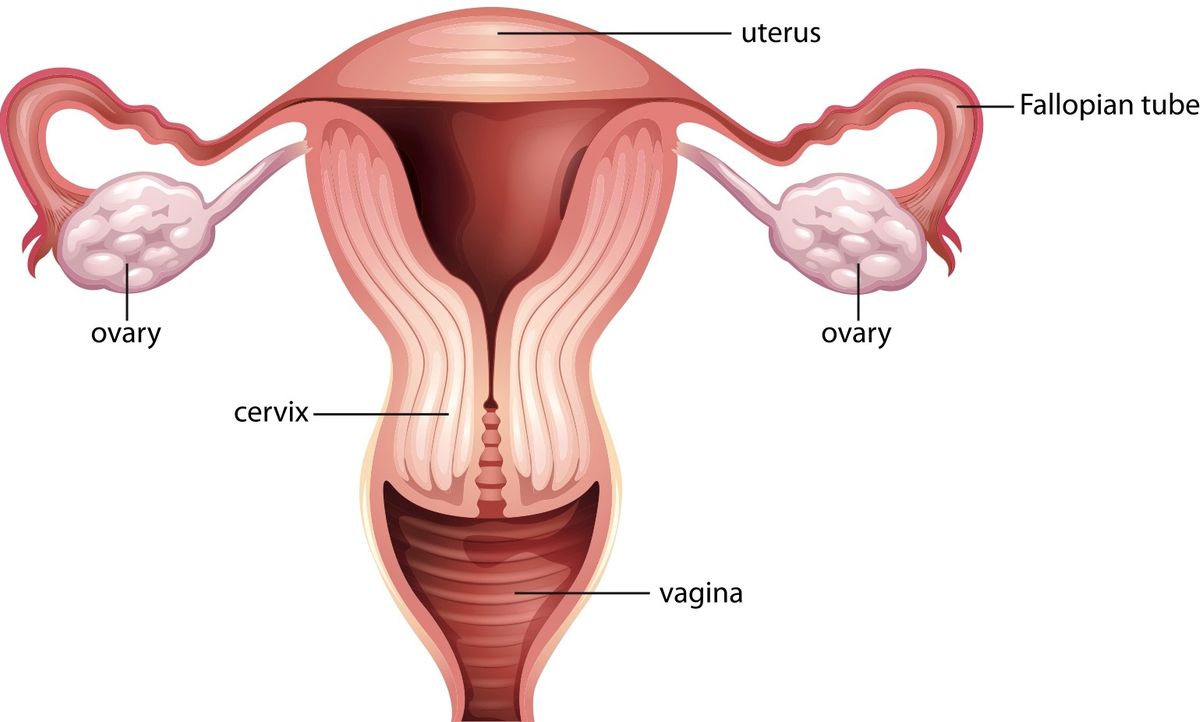Risk-Reducing Gynaecological Surgery
If you have a higher inherited risk of ovarian, uterine, or fallopian tube cancer – due to a genetic condition like BRCA1, BRCA2, or Lynch syndrome – you may be considering risk-reducing surgery.
This typically involves laparoscopic (keyhole) removal of the ovaries and fallopian tubes (bilateral salpingo-oophorectomy, or BSO) and may also include removal of the uterus (hysterectomy) depending on your risk and personal preference.
I offer individualised care to help you understand your options and make the best choice for your health and life stage.

Who might consider risk-reducing surgery?
You may be recommended this type of surgery if you carry a known pathogenic variant in:
- BRCA1 or BRCA2 (Hereditary breast and ovarian cancer syndrome)
- MLH1, MSH2, MSH6, PMS2, or EPCAM (Lynch syndrome)
- Other rare syndromes such as STK11 (Peutz-Jeghers) or PTEN (Cowden)
Typical timing:
- BRCA1: Surgery advised between ages 35–40
- BRCA2: Often delayed until 40–45
- Lynch syndrome: Often recommended after completing childbearing (late 30s–early 40s)
Procedures offered
Laparoscopic Bilateral Salpingo-Oophorectomy (BSO)
- Removal of both ovaries and fallopian tubes
- Can reduce risk of ovarian/fallopian tube cancer by over 95%
- Leads to menopause if performed pre-menopause
Laparoscopic Total Hysterectomy
- Removal of uterus and cervix
- Offered to patients with Lynch syndrome, or BRCA carriers with abnormal uterine bleeding, family history of uterine cancer, or for convenience if already having BSO
Opportunistic Salpingectomy
- For those not at high genetic risk but having surgery for another reason, fallopian tubes may be removed to reduce future ovarian cancer risk
What to expect
- Day surgery or 1-night stay
- Keyhole (laparoscopic) surgery, usually with 3–4 small incisions
- General anaesthetic
- You can typically return to driving and work after 1–2 weeks for office-based roles
Common side effects
- Mild pain, bloating, and fatigue for a few days
- Vaginal bleeding or discharge for up to 2 weeks
- Hormonal symptoms (if ovaries removed before menopause)
Managing surgical menopause
If you’re premenopausal and have your ovaries removed, you will go into immediate menopause. Symptoms can include:
- Hot flushes
- Night sweats
- Mood changes
- Vaginal dryness
- Changes in libido
- Bone density loss
I’ll talk you through options to manage these, including Menopausal Hormone Therapy (MHT) – which is often appropriate even in BRCA carriers with no personal history of breast cancer. If you’ve had breast cancer, we can work with your oncologist or menopause specialist.
Fertility and family planning
If you haven’t yet completed childbearing, we’ll explore options such as:
- Delaying surgery where safe
- Egg or embryo freezing
- Referral to a fertility clinic for advice and planning
Emotional and psychological support
Risk-reducing surgery is a big decision that affects your health, identity, and future. It’s completely normal to feel uncertain or emotional. I encourage:
- Bringing a support person to appointments
- Taking time to decide – there is rarely urgency
- Connecting with a genetic counsellor or clinical psychologist

Dr Sam Holford
Is surgery for you?
If you carry a gene that increases your cancer risk, surgery may help protect your long-term health. These decisions are deeply personal, and I will support you with empathy, clarity, and expert care every step of the way.
Book an appointmentFAQs
Trusted Resources
- The Royal Women’s Hospital (Aus): Risk-reducing surgery
- RCOG: Recovering Well from Laparoscopy
- New Zealand Breast & Ovarian Cancer Trust videos
- Menopause.org: Surgical Menopause
Please note: This information is general in nature and not a substitute for medical advice tailored to your specific situation.
